Best cable modems in 2025: Say goodbye to equipment rental fees for good
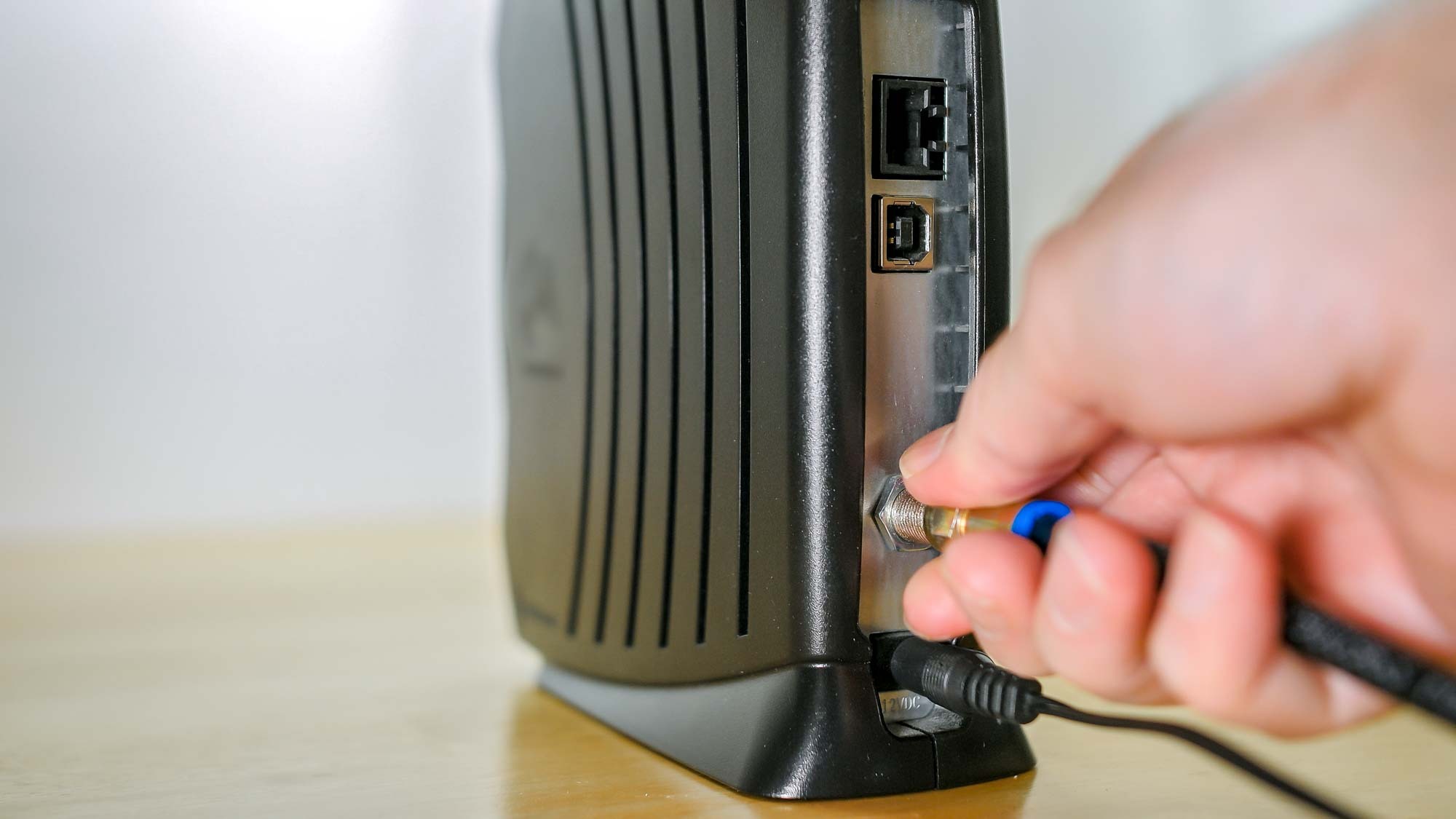
The best cable modems not only give you greater control over your home network but they can also save you a lot of money over time. Just like with one of the best Wi-Fi routers, when you buy a cable modem, you no longer have to pay equipment rental fees to your internet service provider.
These fees may seem small at first but they quickly add up over time. For instance, some companies charge as much as $14 a month to rent their networking equipment. Over a whole year, this adds up to $150 which you could have saved if you had bought your own cable modem and Wi-Fi router instead.
The best cable modems cost around $100 and work with all major internet service providers. However, the hard part is finding one that matches your internet speeds. Fortunately, we’re here to help you find the right cable modem for your needs and these are the ones we personally recommend after testing them at our own homes over the years.
The best cable modems you can buy today
Why you can trust Tom's Guide
Best cable modem overall
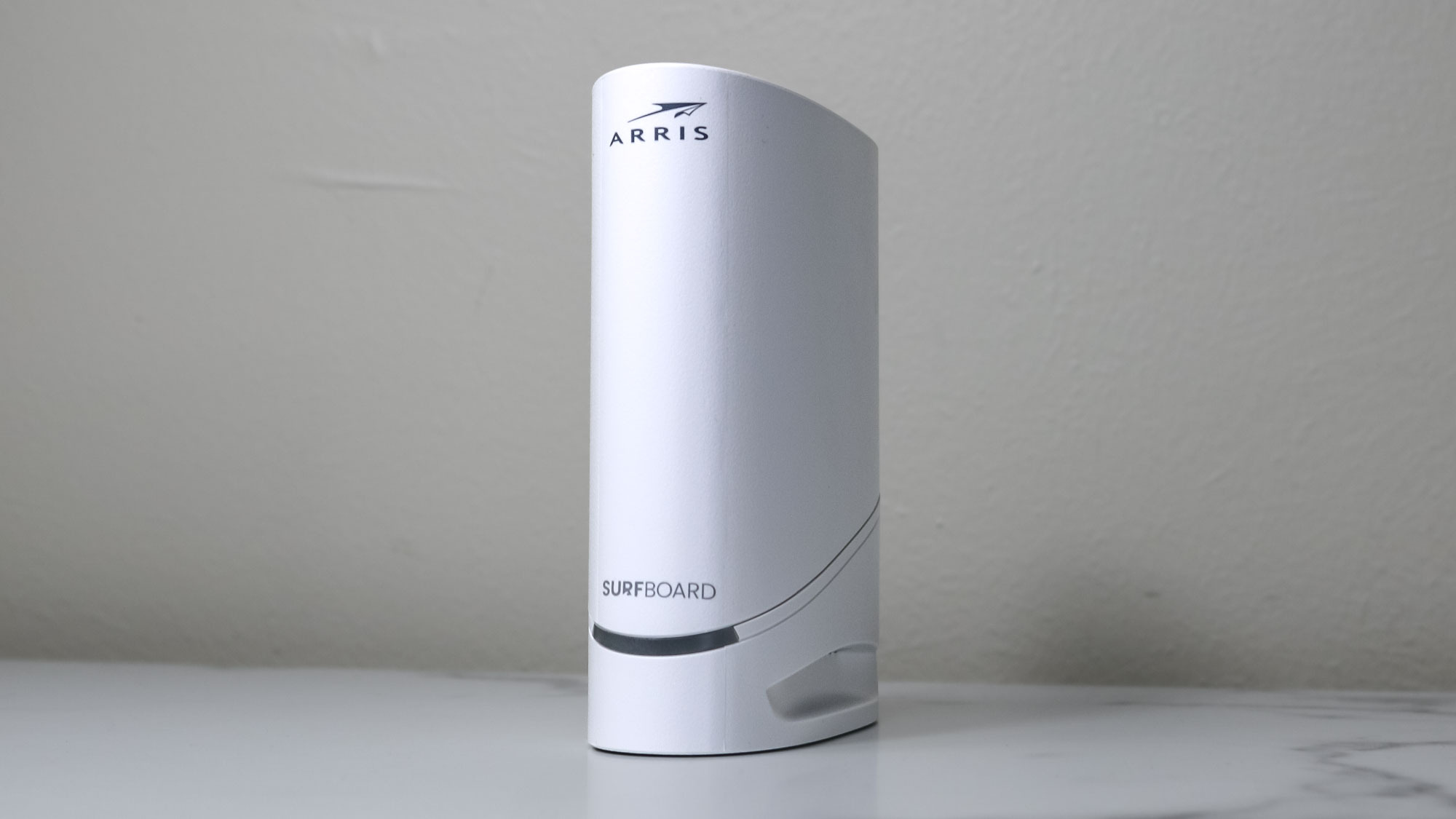
1. ARRIS SURFboard S34
Our expert review:
Specifications
Reasons to buy
Reasons to avoid
Although the ARRIS SURFboard S33 was my previous top pick for the best cable modem overall, last year it released an upgraded model called the ARRIS SURFboards S34. Spec wise, these two models are nearly identical. They both have a 2.5 Gigabit Ethernet port as well as a second Gigabit Ethernet port. However, the S34 offers enhanced upload speeds specifically to take advantage of Xfinity’s Next Gen speed tier plans.
If you have a gigabit or even a multi-gig cable internet plan, the S33 remains an excellent choice as it's a DOCSIS 3.1 compatible modem that will allow you to take full advantage of the extra speeds you're paying for. For those who live in an Xfinity Enhanced Speed Market that are also paying for these more expensive Next Gen internet speeds, then the S34 is the better choice.
Even though the S34 has faster upload speeds, it has a list price of $219 just like the S33, though the latter is usually available for slightly cheaper at around $200. Both the S34 and S33 are more expensive cable modems. However, for the price, you’re getting a future-proof device that’s well suited for high-speed internet plans and both can reach a top download speed of 2.5 gigabits per second (Gbps).
Besides its compact design and vertical orientation, I really like how the ARRIS SURFboard S34 (and the S33 for that matter) has a rounded front and back with plenty of vents for cooling at the top. A single, large status light is located right under the SURFBoard logo and it changes depending on the device’s connection status. It turns solid blue when it's connected and running in DOCSIS 3.1 mode, solid green in DOCSIS 3.0 mode and amber when it's disconnected.
If you're interested in a multi-gig router or mesh Wi-Fi system and are an Xfinity customer on one of the company’s Next Gen speed tiers, then the ARRIS SURFboard S34 is the perfect cable modem. For those who have a different ISP, than the SURFboard S33 is the better choice.
Best cable modem on a budget
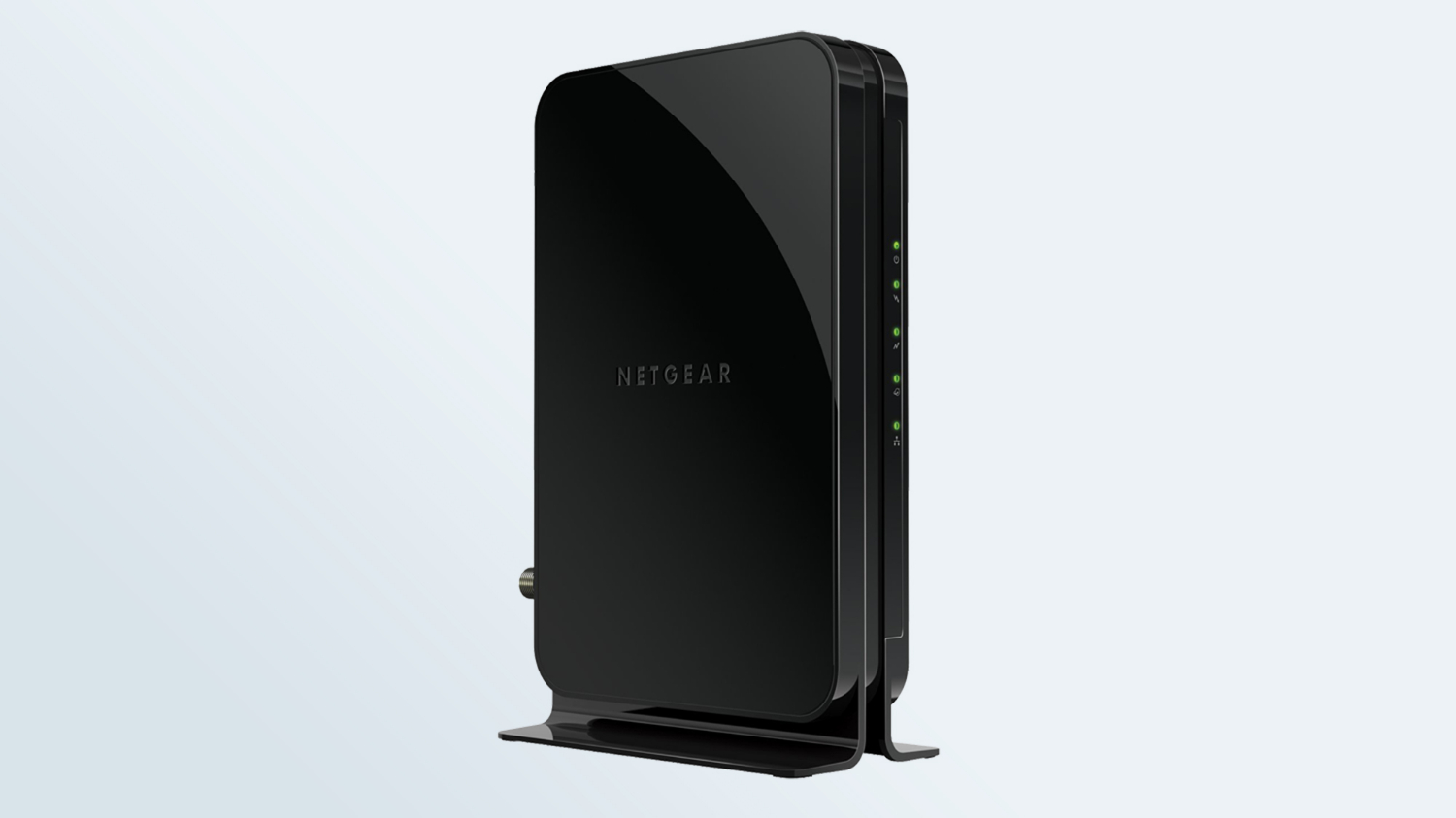
2. Netgear CM500
Our expert review:
Specifications
Reasons to buy
Reasons to avoid
The Netgear CM500 remains one of the best cable modems available, and you can usually find it for a $5 to $10 less than the Motorola MB7420 most of the time. Anytime you can find a new CM500 for around $50, that's a good buy.
The Netgear CM500 works with the biggest cable providers and supports speeds of up to 300 Mbps, which should be enough for the vast majority of Internet users out there. (If you've got a high-speed plan, look for a faster modem.)
There's actually very little performance difference among the best cable modems in our testing, so it's seemingly slight distinctions that separate these devices. Opt for Netgear's CM500, and you'll get a modem that's just as capable as the Motorola MB7420 or the Arris SB6183. However, Netgear only offers a one-year warranty, compared with two years for those rival modems.
Netgear's 16 x 4 modem enjoys wide compatibility with internet-service providers, and its design makes setup a breeze. At 7.3 inches, the CM500 is a little taller than the SB6183, and we ound its indicator lights difficult to see, although at night, you may appreciate the lack of a light show.
Best cable modem for reliability
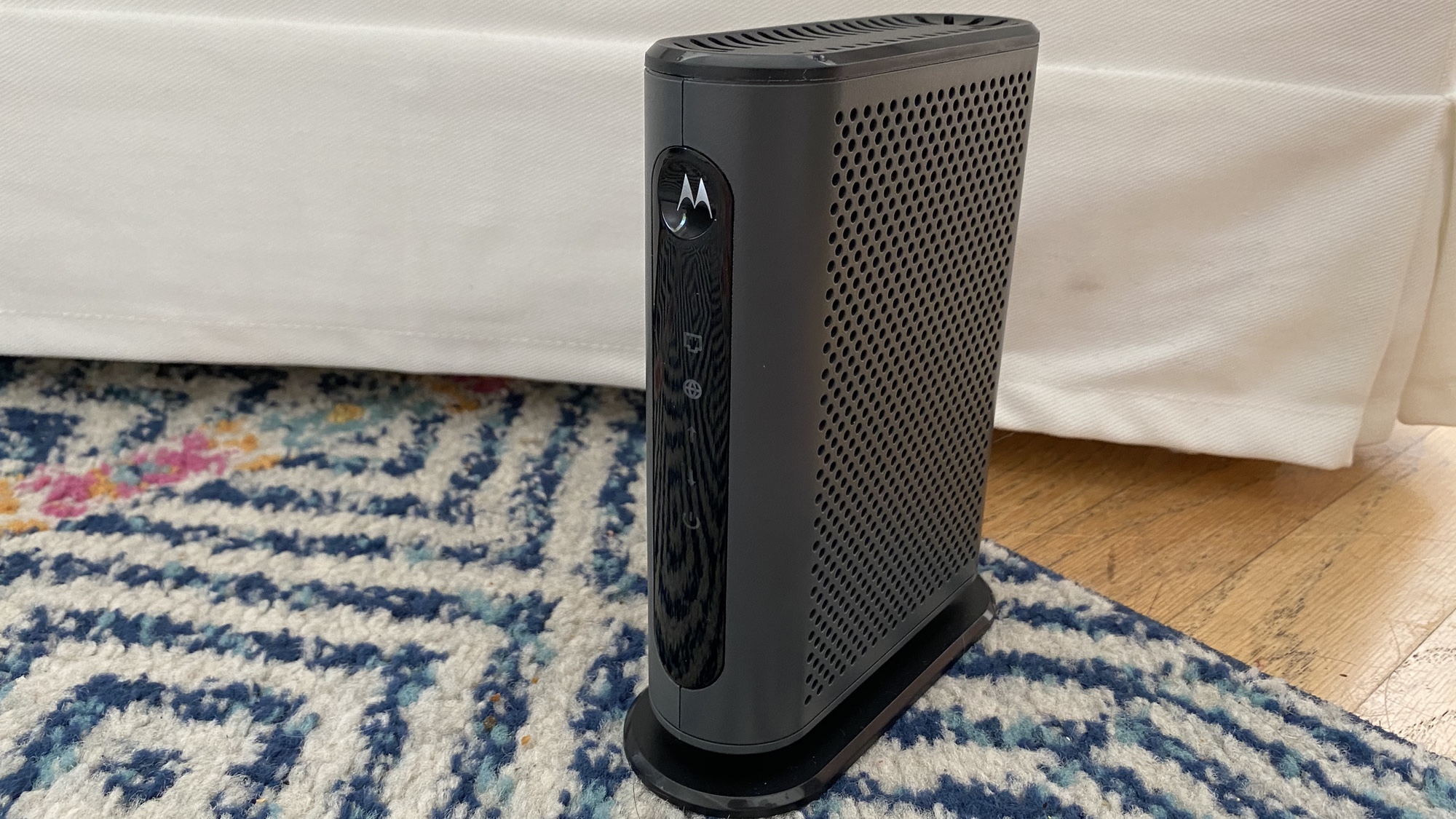
3. Motorola MB7420
Our expert review:
Specifications
Reasons to buy
Reasons to avoid
The Motorola MB7420 is the best cable modem for most homes. In fact, managing editor at Tom's Guide Philip Michaels has been using the MB7420 for nearly two years without a single complaint. If you can find the MB7420 for $60 or less, it's hard to track down a better value.
Capable of supporting speeds available to a majority of home internet plans, the MB7420 is ideal for internet plans that top out at 300 Mbps. With the MB7420 at home, Phil has enjoyed steady connectivity, and that's with multiple people stuck inside, all trying to hit the internet at once.
The MB7420 isn't as tall as the Netgear CM500, our previous pick for the best cable modem — and still a good choice as you'll see below — though some people may prefer the more compact size of the Arris Surfboard modems. At least, the MB7420 looks stylish, with rounded corners and vented sides. Its gray color should blend in well with other networking equipment.
The blue and green lights on the MB7420 are bright enough to read at a distance without turning a dark room into a laser light show at night. We also found the modem easy to set up with a coaxial connector sticking out of the modem's backside at a comfortable distance from its lone ethernet port.
There's not much separating the Motorola MB7420 from the Netgear CM500 as both performed dependably when we tested each modem. But the edge goes to Motorola because it offers a two-year warranty to Netgear's one-year of coverage. That means better protection for your investment, as the best cable modems tend to last for several years.
Best cable modem for gigabit internet
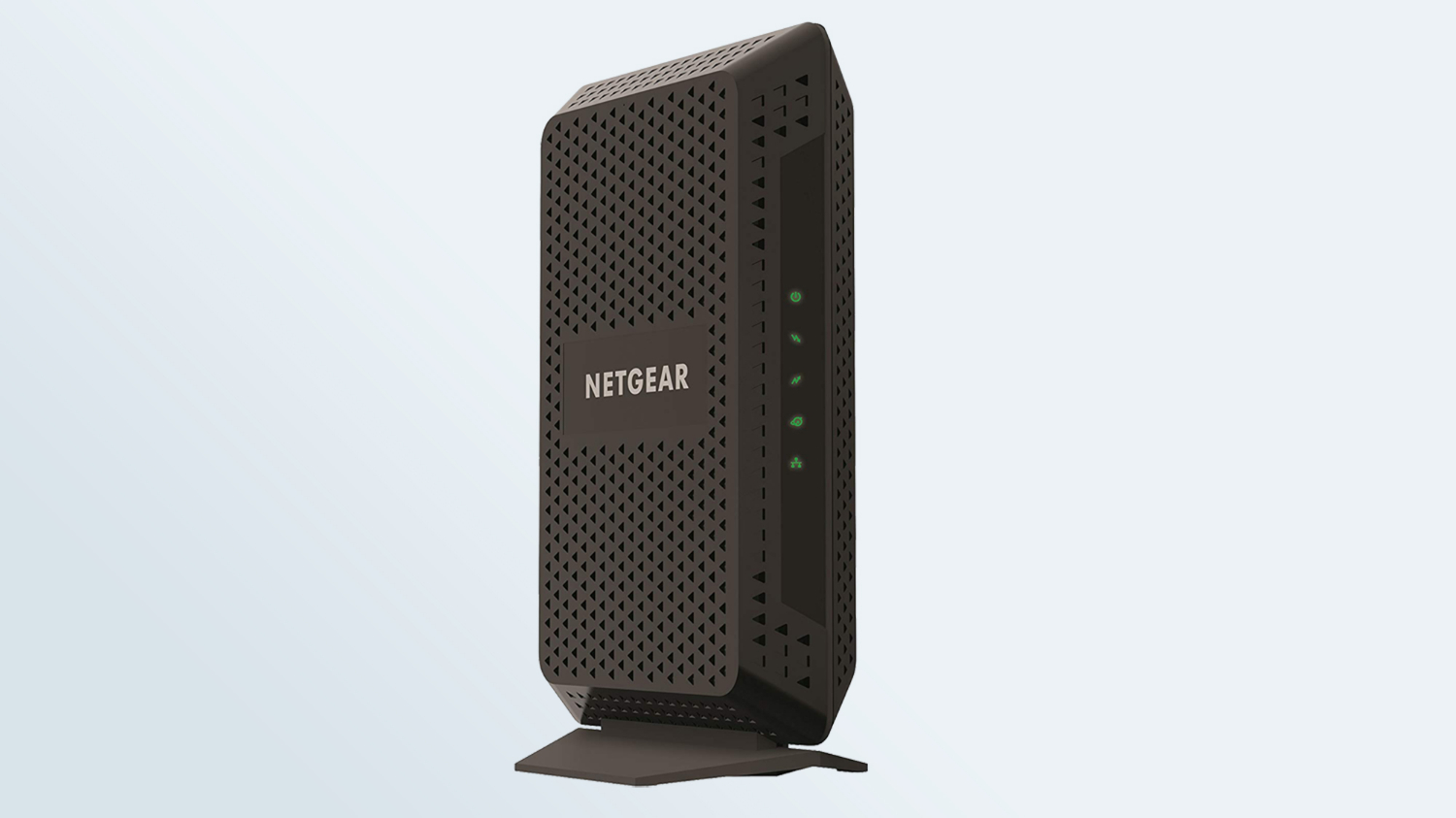
4. Netgear CM600
Our expert review:
Specifications
Reasons to buy
Reasons to avoid
While most homes opt for internet plans that promise speeds of around 100 to 300 Mbps, some people prefer higher-speed service. If your plan promises download speeds that top 300 Mbps, you'll want a cable modem that can take advantage of that greater performance. Netgear's CM600 is the best cable modem for those higher speeds, though you'll pay a little bit more than you would for the CM500.
Netgear's modem doesn't use the Intel Puma 6 chipset that's been blamed for latency issues with some other high-speed modems, such as the Arris Surfboard SB6190. (There's a firmware update that resolves this issue, though ISPs roll out such updates on their own schedule.) Because of that, you can expect reliable performance from the Netgear CM600 without the lags reported by users with Puma-6-powered modems.
The CM600 is a little on the tall side, but it's got a funky futuristic look. Like other Netgear modems, it has a one-year warranty. With supplies limited at the moment, some retailers are charging more than $100 for the CM600. That price is simply too high — $80 or less is a more reasonable asking price.
Best cable modem for multi-gig internet
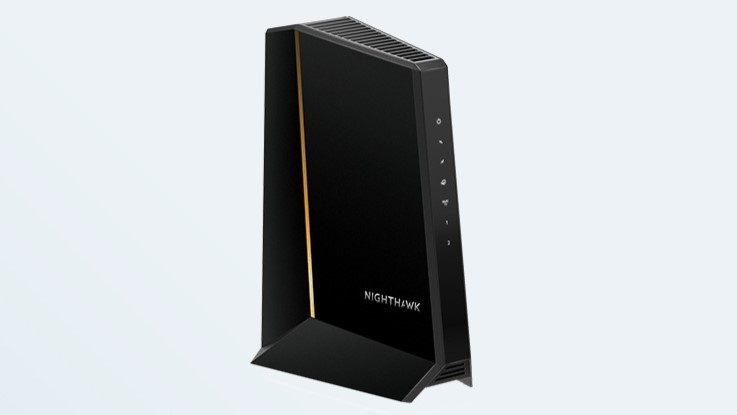
5. Netgear Nighthawk CM3000
Our expert review:
Specifications
Reasons to buy
Reasons to avoid
The Netgear Nighthawk CM3000 is a premium cable modem capable of delivering multi-gig download speeds and gigabit upload speeds. As such, this cable modem won’t be for everyone. Instead, it’s aimed at early adopters who are already using one of the best Wi-Fi 7 routers and have a much more expensive multi-gig internet plan. The Netgear Nighthawk CM3000 is compatible with all of the major cable internet providers including Xfinity, Spectrum and Cox. However, to truly get the most out of this cable modem, you’re better off going with Xfinity which has 2 Gbps plans available.
The Netgear Nighthawk CM3000 is the most expensive cable modem on this list at $299. This is because it has a max download speed of 2.5 Gbps and a max upload speed of 1 Gbps. Most cable internet providers don’t offer these kinds of speeds yet, so the Netgear Nighthawk CM3000 is more of a future-proof investment compared to other, less expensive cable modems.
We really like its vertical design and how it’s Wi-Fi 7 ready with DOCSIS 3.1 support and a 2.5 Gbps Ethernet port. There are also two gigabit Ethernet ports underneath this one which can be used for link aggregation which is when you combine multiple network connections for increased bandwidth. The Netgear Nighthawk CM3000’s design is really sleek as it comes from the company’s premium Nighthawk line. There’s an orange light on the side and LED indicators on the front to let you know the status of your connection at a glance.
If you’ve heavily invested in your home networking gear, the Netgear Nighthawk CM3000 is the perfect cable modem to get the most out of your router or mesh Wi-Fi system and a top-tier internet plan.
Best cable modem for simplicity
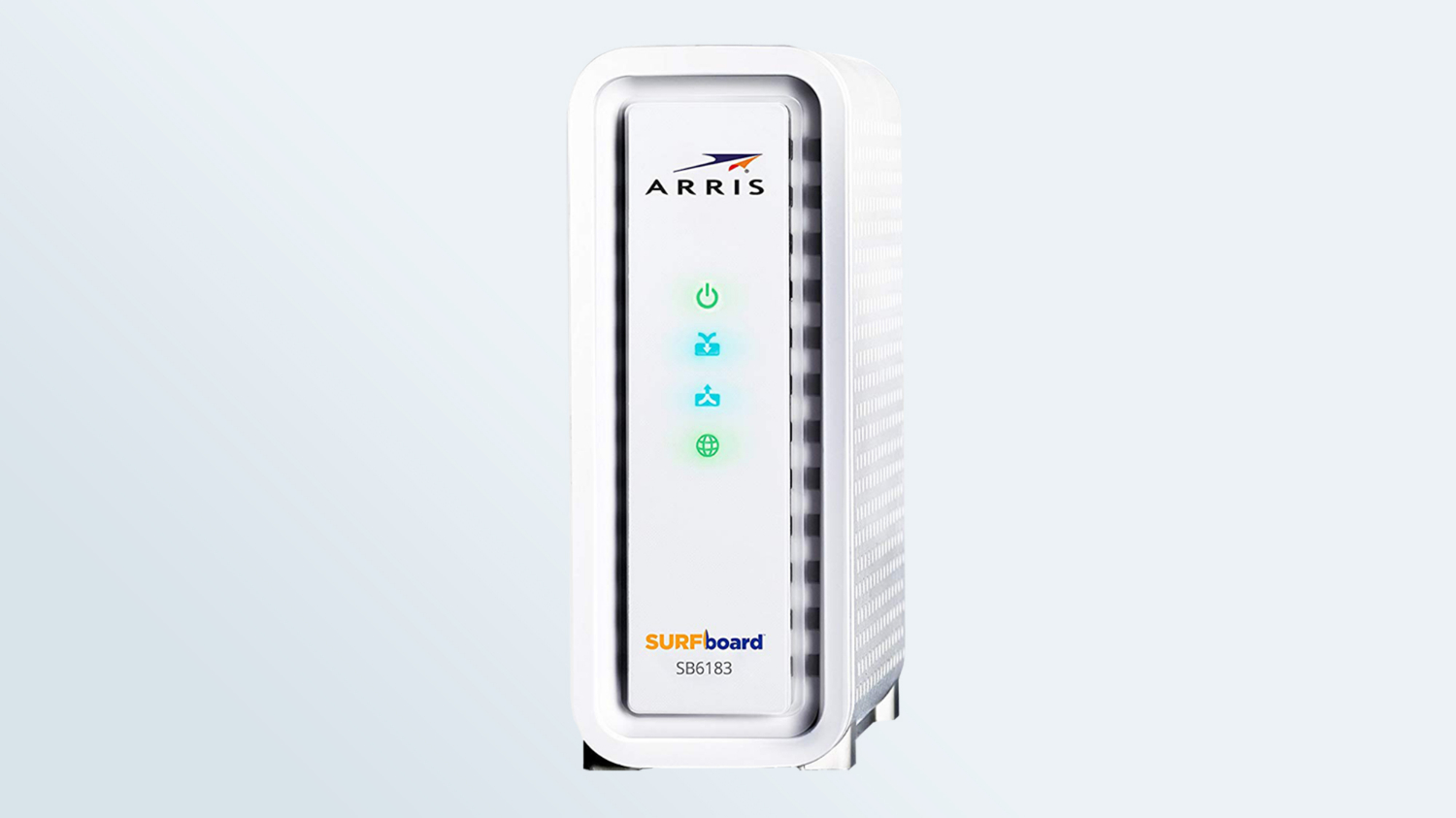
6. ARRIS SURFboard SB6183
Our expert review:
Specifications
Reasons to buy
Reasons to avoid
The Arris Surfboard SB6183 was once our pick for the best cable modem thanks to its solid performance that will satisfy most home internet customers who don't pay for high-speed service. Like the CM600, some retailers are charging more for this harder-to-track-down modem, but if you can find the SB6183 for around $60, then it's worth getting.
At 5.2 x 5 x 2.1 inches, the all-white SB6183 can be tucked unobtrusively next to a router, cable box and whatever other hardware you have on hand. The coaxial-cable connector is a little too close to the power connector for my taste, but you're likely to have to deal with that only when setting up the modem.
The SB6183 favors a simple row of vertical indicator lights that are easy enough to spot, though the yellow lighting can be a little hard to see if your modem's in direct sunlight. Still, it's pretty easy to glance at the SB6183 to see if there's any issue with your internet connectivity.
How we test the best cable modems
We test each cable modem on Comcast's Performance Pro home internet service. After running speed tests to make sure the modems are delivering their promised download speeds, we use the modems as part of regular networking setup to gauge dependability.
We hook up each modem we review in our own homes, using it as part of our networking setup. That allows us to verify a modem's compatibility as well as to get a sense of its dependability. Since price is also an important consideration when shopping for a modem, we also monitor retail sites for the best deals on the modems we've tested.
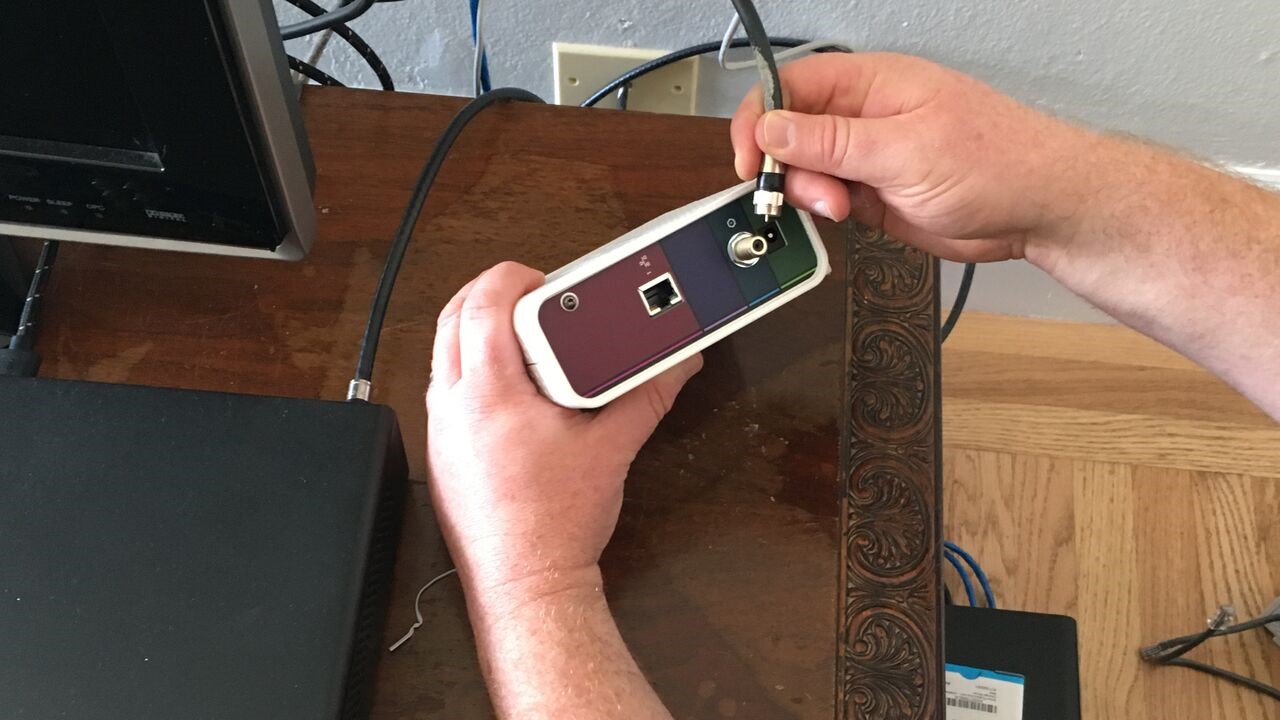
In addition to using the modems in a home with multiple connected laptops, smartphones and tablets, we also evaluate the indicator lights on each modem to see that they're visible. We look at how easy the modems are to set up. And because the primary reason to get your own cable modem is to save on monthly rental fees for ISP-supplied modems, we place a lot of emphasis on the length of a modem's warranty.
For more information on how we test networking devices, check out our guide on how we test Wi-Fi routers along with our more general how we test page for Tom's Guide.
How to choose the best cable modem for you

We focus on DOCSIS 3.0 modems, though you'll also find DOCSIS 3.1 modems rolling out that are capable of delivering gigabit speeds
If your cable provider offers DOCSIS 3.1 service, look for a device that can take advantage of those faster speeds. If you don't get speeds greater than 1 Gbps with your internet service, you can still go with a DOCSIS 3.0 device like many of the ones we've described in detail above.
We haven't tested that many DOCSIS 3.1 modems yet, but we can point to a few models with strong word of mouth. Netgear's CM1000 is backward-compatible with DOCSIS 3.0 for internet users who want to upgrade early. The modem has been certified by Comcast for use with its internet service. Arris bills the Surfboard SB8200 as a future-facing modem, capable of handling 4K streams and high-performance gaming with its 32 download and eight upload channels. Motorola's MB8600 modem also has 32 download and eight upload channels with Active Queue Management for speeding up page loads and gaming.
DOCSIS 3.1 modems are more expensive than the DOCSIS 3.0 devices, though we've started to see their prices drop. Typically priced around $180, you may be able to find a good DOCSIS 3.1 modem for less; as of this writing, DOCSIS 3.1 modem prices are around $140, which is the lowest they've been since we started tracking this category.
As for DOCSIS 3.0 devices, here's what to consider so that you can choose the right modem:
• Compatibility: Confirm with your ISP that the modem you're looking at will work with the service you're paying for. Most DOCSIS 3.0-certified modems should work with DOCSIS-based internet service, especially if you're getting your services from some of the biggest internet providers. Still, it always helps to confirm. Among the top ISPs, Comcast, Cox and Spectrum all offer sites for checking cable compatibility.
• Price and Warranty: You don't necessarily need to get the cheapest modem, but you should consider devices that pay for themselves within a year with what you save in rental fees. A year-long warranty is the bare minimum you should accept; two years of coverage is even better. As for price, make sure to do some comparison shopping before you buy. Retailers often offer deals on modems, so you could find the model you want — or a reasonable alternative — at a lower price than you'd normally expect.
Monthly cable rental fee by internet provider
- Comcast: $14
- Spectrum: Included with service
- Cox: $11 - $13 (includes router)
- Frontier: $10
- Suddenlink: $10
- Sparklight: $10.50
- Wow: $14
- Mediacomm: $13
A 16 x 4 cable modem delivers enough speed to effectively serve the majority of cable customers. That kind of modem typically costs $70 or less, and if you keep an eye out for deals, you might be able to find a top-rated modem for $50 to $60. Modems that support the DOCSIS 3.1 standard typically cost around $180, though sales may let you get them for even less.
DOCSIS 3.0 modem type | Maximum download speed | Compatible service tier (Cox, Spectrum, Xfiinity) |
16 x 4 | Up to 300 Mbps | Cox Internet Preferred 150, Spectrum Internet, Xfinity Performance Pro+ |
24 x 8 | Up to 600 Mbps | Cox Internet Ultimate 500, Spectrum Internet Ultra, Xfinity Extreme Pro+ |
32 x 8 | Up to 900 Mbps | Cox Gigablast, Spectrum Internet, Gig, Xfinity Extreme Pro+ |
• Design: There's not much to differentiate the features on cable modems, which generally sport the same set of indicator lights. You'll want one with easy-to-spot lights, though if they're too bright, they can really light up a room at night. Also, consider the size of a modem and whether or not you want one that stands up vertically or lays horizontally, since a compact design blends in more easily with your other networking equipment.
• Speed: A 16 x 4 modem (that's 16 download channels and four upload ones) should do the trick for homes receiving service capped at 300 Mbps. Any faster, and you should go with a 24 x 8 or 32 x 8 modem, or a DOCSIS 3.1-compatible model if your ISP has upgraded to the new standard.
• Security: When shopping for a cable modem, check to make sure that the model you're considering isn't vulnerable to the Cable Hunt software flaw found in the Broadcom chipsets that power many popular modems. If your modem is vulnerable, make sure a software patch is available.
Note that the modems we've reviewed just provide internet connectivity. If you also get your phone service bundled with your internet, that requires an eMTA or telephony modem — an entirely different type of device.
Cable modem vs router vs modem router combo
These days, makers of home networking gear seem to favor modem-router combinations over standalone cable modems. It may be tempting to buy one of these hybrid networking devices instead of a separate modem and router, as you can take care of two tasks with one device. We'd advise against modem-router combos, though.
First, some background: as our modem-vs.-router comparison explains, the two devices serve very different purposes. A cable modem brings internet connectivity into your home while the best Wi-Fi routers or even one of the best mesh Wi-Fi systems distribute that internet connection wirelessly, so that all your devices — laptops, phones, and smart-home gadgets — can hop on the internet. If you're dissatisfied with the reach of your network, it's a router, not a modem, that you should be in the market for.
So why keep the two networking devices separate? If any part of a hybrid device fails, you're out both a modem and a router. It's also easier to upgrade individual networking devices, as routers add support for new networking features at a more rapid pace. Modems evolve more slowly, as you can see from the number of older models still available.
Does my cable modem need to be next to my router?

The great thing about going with a separate cable modem and router instead of a modem router combo is that doing so gives you a lot more flexibility when it comes to placement. Although you can certainly have your router right next to your cable modem, you don’t necessarily have to.
Your cable modem needs to be positioned near the coaxial line coming into your home while your router connects to it via an Ethernet cable. As coaxial cable is thicker and harder to bend, it’s more difficult to tuck away out of sight. The same isn’t true for Ethernet though. These days, in addition to round Ethernet cables, you can also buy flat ones that can easily be tucked under carpet or even behind your baseboards. By doing things this way, you can move your Wi-Fi router to a more central location in your home with your cable modem as close to a coaxial outlet as possible.
When picking out a spot for your Wi-Fi router, you want to keep it off the floor and away from walls and large appliances to get the best signal possible. If you’re using a short Ethernet cable to connect your router to your modem, this is going to seriously limit where you can place it. Instead, it’s worth spending a few dollars to get a longer cable so that you can put your router in a more central location.
Choosing the best cable modem for multi-gig internet
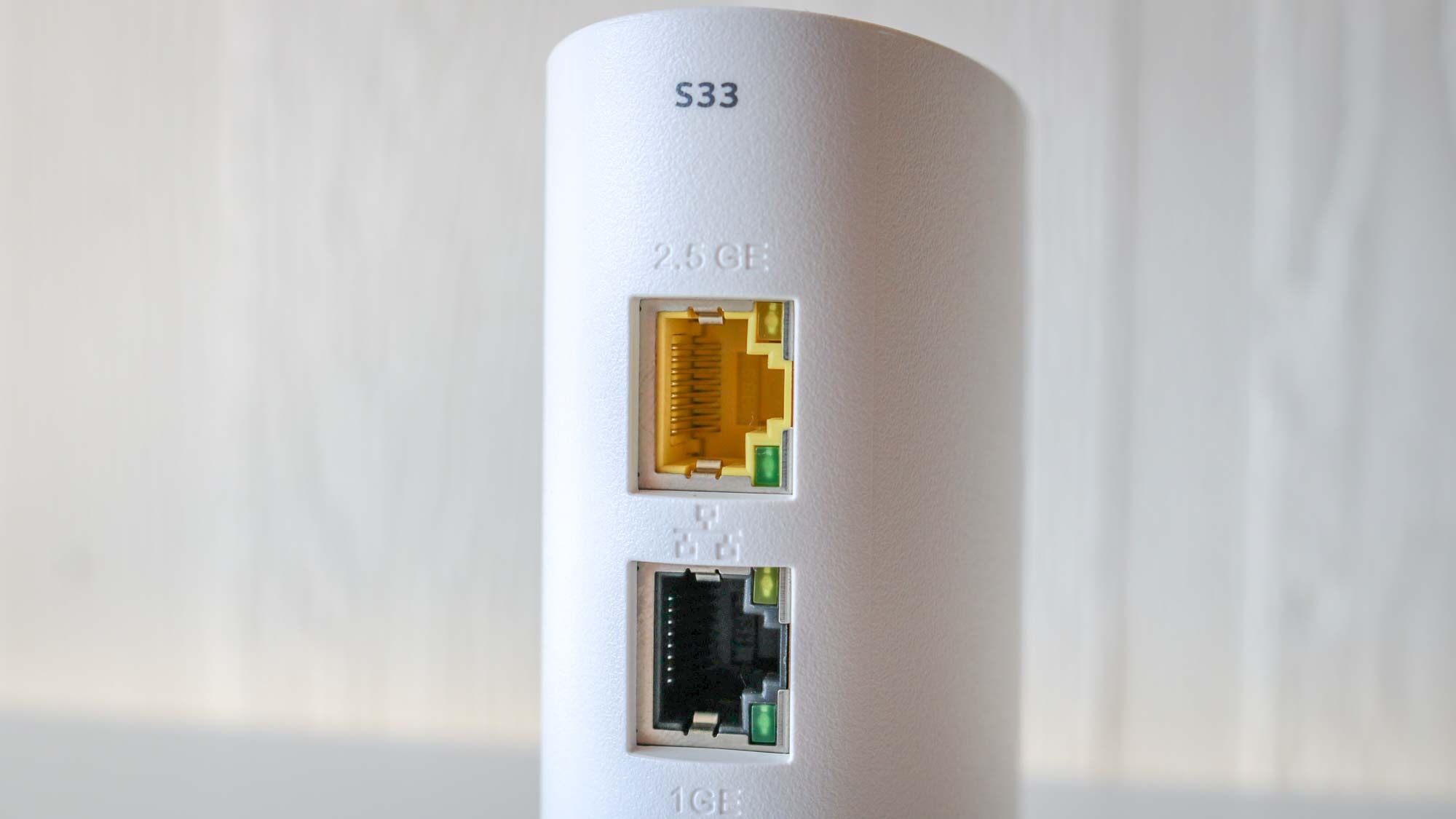
If you're thinking of upgrading to a multi-gig internet plan, you're going to need the right cable modem to make the most of your new plan.
While cable modems with DOCSIS 3.0 top out at 1 Gbps, devices with DOCSIS 3.1 can reach all the way up to 10 Gbps. Although these newer cable modems may be more expensive, they're also future-proof since you won't need to replace your modem when moving from a gigabit plan up to a multi-gig one.
While most of the devices in this guide are compatible with DOCSIS 3.0, we're in the process of testing out cable modems that support this new telecommunications industry standard. At the same time though, DOCSIS 4.0 is currently in development but it will be a few years until cable modems that support it are released.
How long does a cable modem last?
On average, most cable modems last for around two to three years. However, if you invest a bit more in a high quality one, your cable modem can last for anywhere from five to eight years.
Normally, cable modems get replaced not because they no longer work but because they've become outdated. For instance, let's say you're using a newer Wi-Fi 7 router with a multi-gig internet plan. Your existing cable modem might not be able to give you those faster speeds which is why you'd swap it out for a new one.
Still though, there are certainly other circumstances that could lead to you having to replace your cable modem.
In my own case, I had to get a new cable modem after a big thunder storm since the person who ran the line into my house forgot to add a ground connection. When a lightning bolt hit, my cable modem was fried and unresponsive several years before it was due to be replaced.
When to replace your cable modem?
If you don't remember the last time you replaced your cable modem, fortunately there are a few tell tale signs that you're in need of an upgrade. These include slow speeds, frequent disconnects, its indicator lights not showing and extra noise.
With slow speeds, you can use one of the best speed test apps to run a speed test to see whether or not you're getting the internet speeds you pay for. Keep in mind though that speed tests can fluctuate, so you one run at least three in order to get an average.
As for the other signs, you just want to take a look at your modem from time to time to ensure it's functioning properly. Are all the indicator lights showing? Is it making more noise that it used to?
If you encounter any of these issues, it may be time for an upgrade, especially if you switching to a new Wi-Fi router or to one of the best mesh Wi-Fi systems.
Do I need a cable modem with fiber internet?
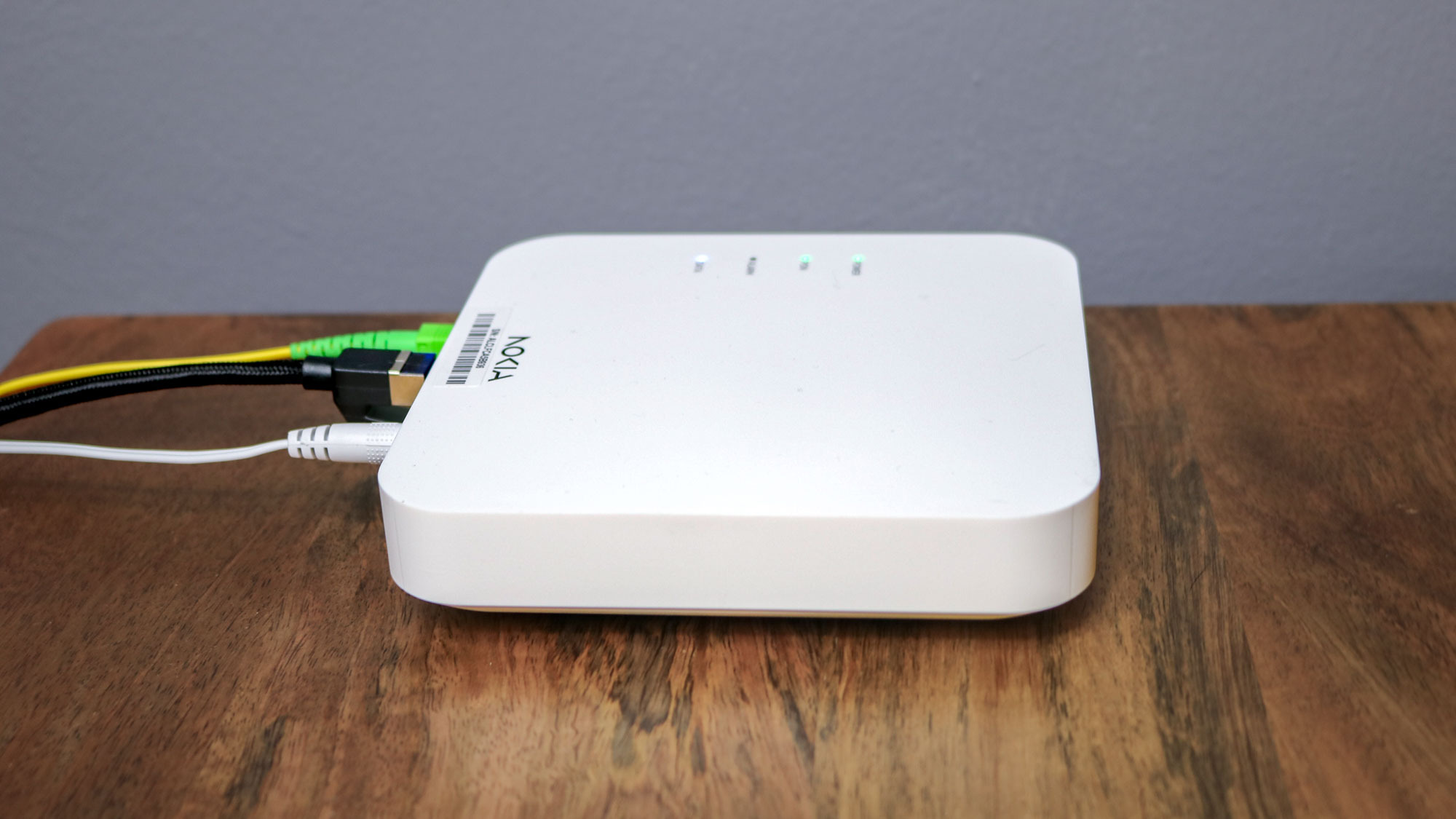
If you’ve just switched to fiber internet or are thinking about doing so, you might be wondering whether or not you’ll still need a cable modem.
This makes sense, especially if you’ve been using one with your internet plan for years now. Well, the good news is that you don’t need a cable modem but you likely still won’t be able to plug your router or mesh router directly into the wall.
Instead of a cable modem, fiber internet uses what’s called an Optical Network Terminal (ONT). This specialized device plugs into the fiber line coming into your home and converts the light signals from fiber optic cable into data and comes with an Ethernet port that you then plug your router into.
While there are fiber-ready routers, any router will work with a fiber connection as long as you have an ONT device. If you don’t want another box crowding up your home, you could opt for a more expensive router with a built-in SFP+ port like the TP-Link Deco BE85.
Instead of plugging your fiber line into an ONT device, you just plug it right into the SFP+ port on the back of your router. It’s a more streamlined setup for sure but one of the good things about having an ONT device is that it gives you more flexibility when it comes to where you place your router.
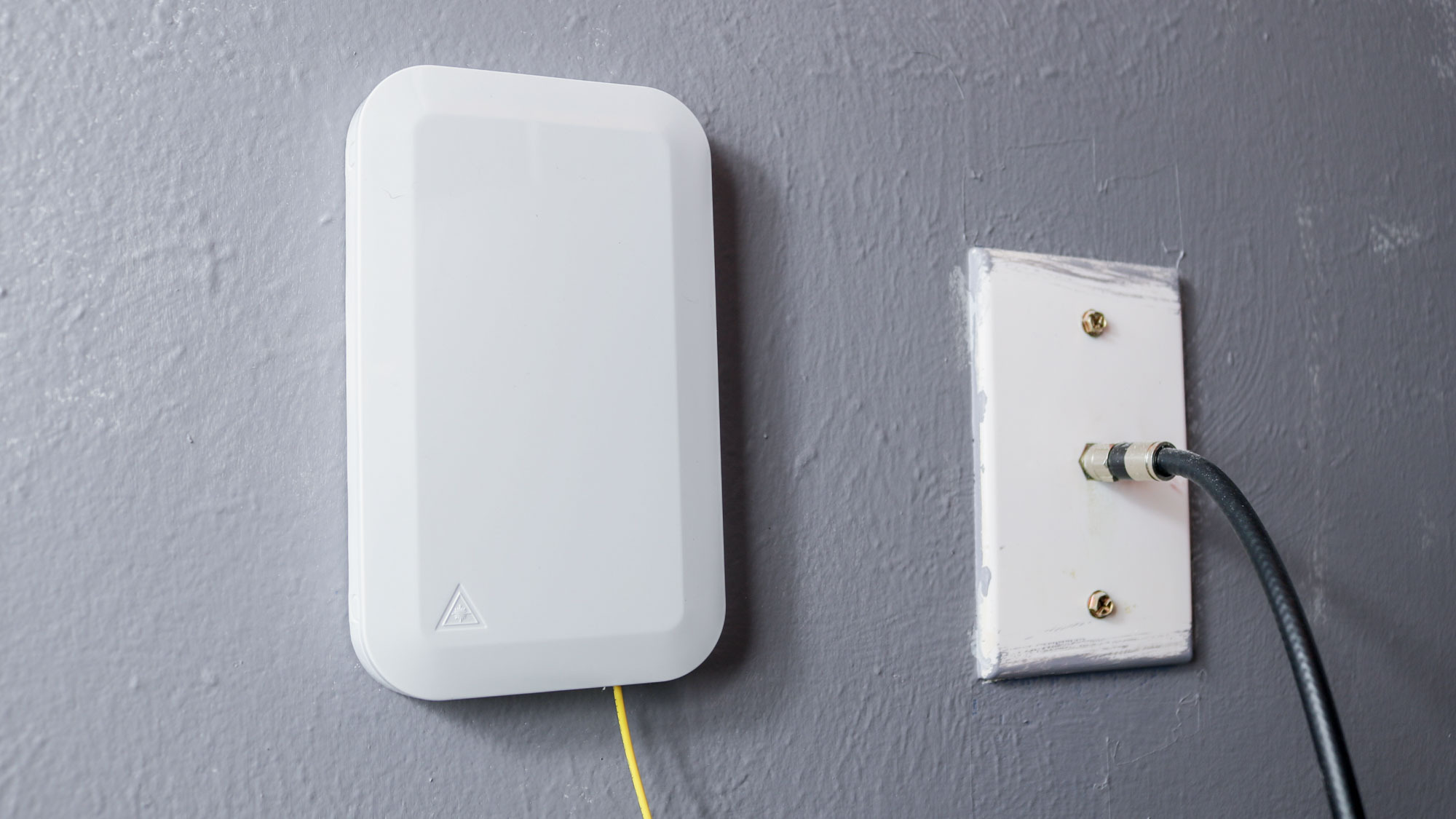
Ethernet cables are fairly inexpensive and they come in all kinds of different lengths, so you could have your ONT device in one room (where your fiber connection comes into your home) and your router in another, preferably a central location for a better wireless signal.
Check out all of our home networking coverage:
Best mesh Wi-Fi systems | Best Wi-Fi 6 routers | Best Wi-Fi 7 routers | Best gaming routers | Best Wi-Fi extenders | Best powerline extenders
Get instant access to breaking news, the hottest reviews, great deals and helpful tips.

Anthony Spadafora is the managing editor for security and home office furniture at Tom’s Guide where he covers everything from data breaches to password managers and the best way to cover your whole home or business with Wi-Fi. He also reviews standing desks, office chairs and other home office accessories with a penchant for building desk setups. Before joining the team, Anthony wrote for ITProPortal while living in Korea and later for TechRadar Pro after moving back to the US. Based in Houston, Texas, when he’s not writing Anthony can be found tinkering with PCs and game consoles, managing cables and upgrading his smart home.
